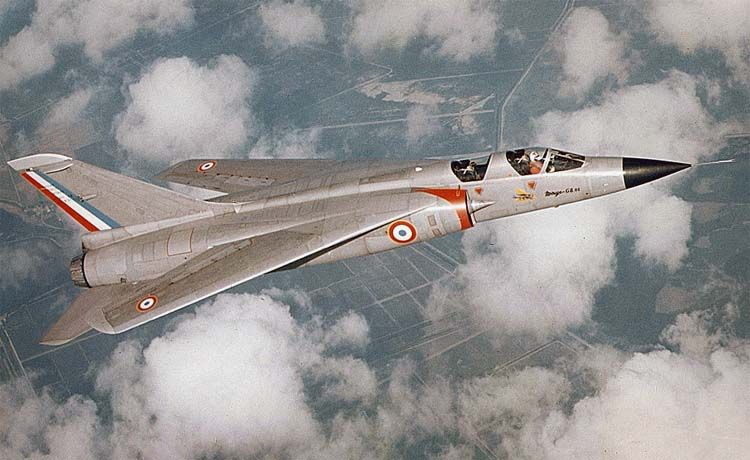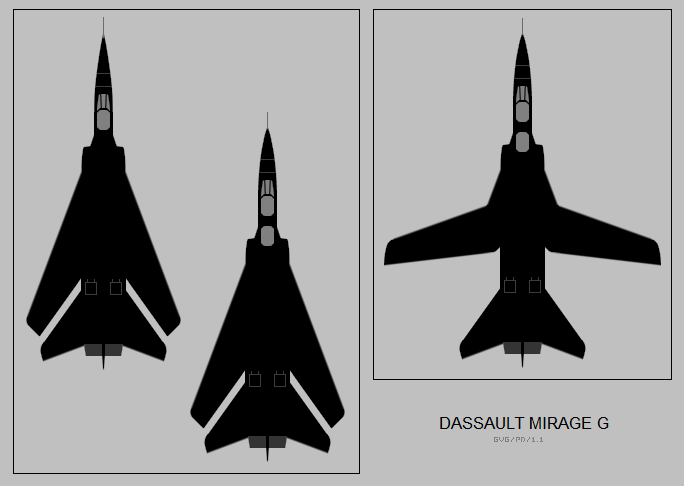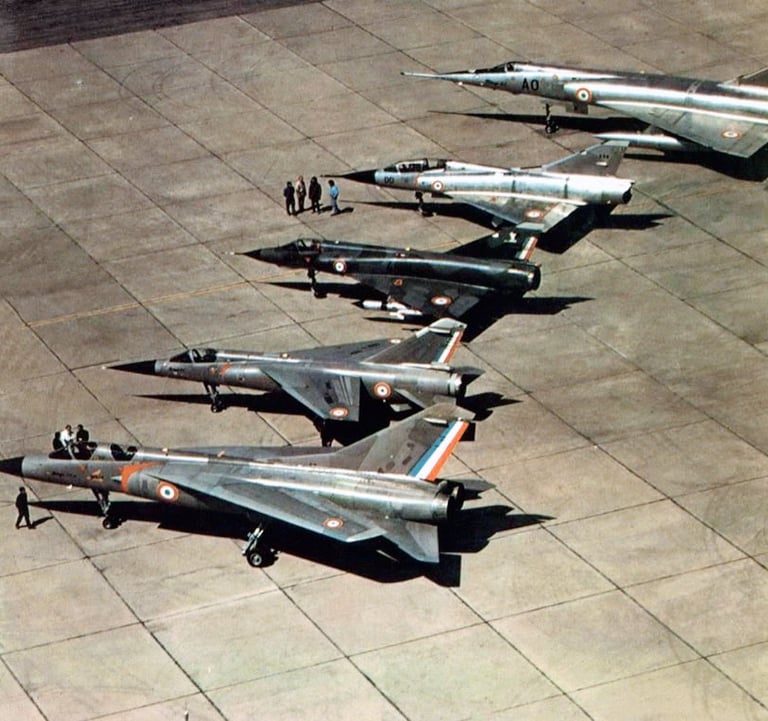Mirage-G | The Swept Wing Mirage
fact for 25/5/2021
FACTS
The type was further developed into the twin-engine Mirage G4 and G8 variants as a multi-role capable of both interception and nuclear strike missions. Although Dassault built and flew prototypes, the entire programme was terminated in the 1970s without the aircraft entering production




Development
In 1964 the French defence ministry requested a development programme on variable-sweep wing aircraft for dual land and aircraft carrier use. France had participated with the Anglo-French Variable Geometry aircraft (AVFG) before abandoning their interest; later Dassault received an order for a prototype, powered by a single P&W Snecma TF-306 in October 1965
The first variable-sweep aircraft from Dassault emerged as the single-engined, two-seat Mirage-G fighter in 1967, essentially a swing wing version of the Mirage F2 The wings were swept at 22 degrees when fully forward and 70 degrees when fully aft and featured full-span double-slotted trailing edge flaps and two-position leading edge flaps
Flight trials were relatively successful but no production order ensued, the Mirage G programme being cancelled in 1968. Flying with the Mirage G continued however until 13 January 1971 when the sole prototype was lost in an accident.
Varients


